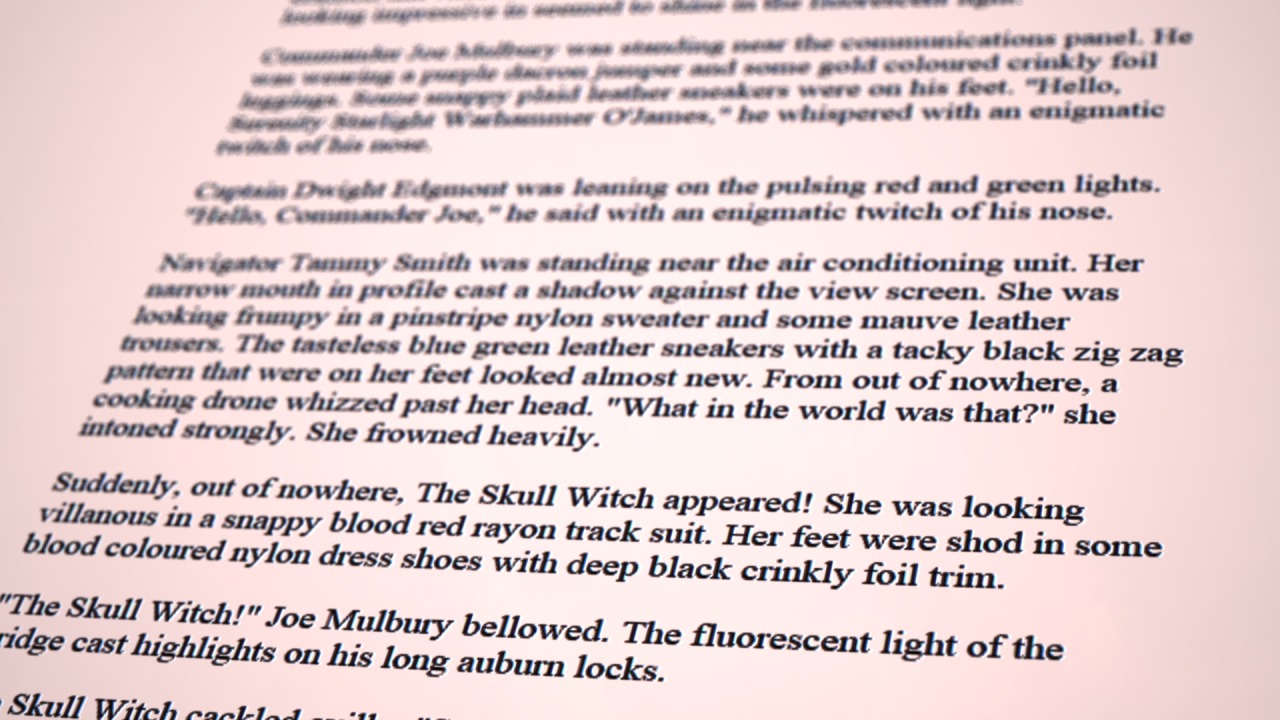

A Time for Destiny: The Illustrious Career of Serenity Starlight Warhammer O'James during her First Three Years in the Space Fighters
The term “Mary Sue” has been thrown around a lot recently, mostly for characters it doesn’t really apply to. The term originates in a very specific fan fiction context, and in my opinion there are usually much better approaches to use for media criticism for works outside that context. Dismissing a character as a “Mary Sue” is a muddled way to approach a film character.
Unless you’re intentionally trying to evoke self-indulgent fan fiction.
In which case, welcome to the rabbit hole, Alice.
For NaNoGenMo 2015, Cat’s Eye Technologies decided to create a computer generated novel that doesn’t succumb to Michael Cook’s more unpredictable stuff. The goal was to create a novel where the reader doesn’t lose interest because of the generative nature of the text. On the other hand, the MARYSUE generator was never intended to write good novels, just legible ones. Which is still a pretty lofty goal.
The generator is intentionally cast in the mode of an overwrought but inexperienced author. Which actually matches the abilities of the generator rather well: the author really is an immature adolescent struggling to get an exciting story down on paper while jumping between cool imagery and overly specific details about the things the author is obsessed with. Just, in this case, the author happens to be an adolescent robot.
By framing the generator in a way that matches its weaknesses, it lets us look beyond them and focus on its strengths. We treat the generator as a budding young author, obsessed with certain ideas and mystified by others.
In doing so, we can start to point out the parts of the stories that work and can start to see what the author was trying to go for and maybe even be able to figure out how to help the author say them better–just as we might be able to respond to a young fan fiction author who is working out their feelings about the source material by writing a story in response.
Beyond choosing a frame that matches the abilities of the generator, the output itself is fairly sophisticated for a machine-written text. It’s based on the idea of a story compiler that looks for plot events and expands them into more detailed events.
You can read the complete novel here or peruse the source code.

